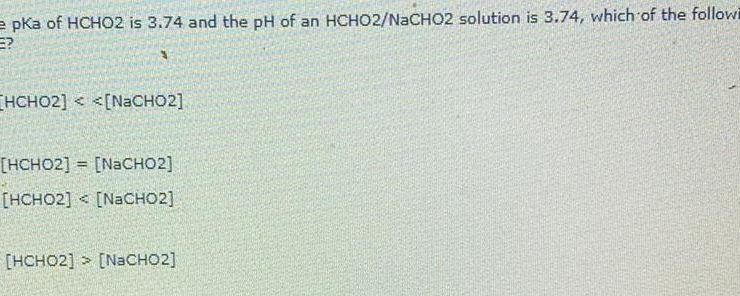Chemistry a molecular approach 4th edition pdf – Embark on a captivating journey into the realm of chemistry with “Chemistry: A Molecular Approach, 4th Edition PDF.” This comprehensive text unveils the fundamental principles of chemistry, guiding you through the intricacies of matter and its transformations.
Delve into the atomic and molecular building blocks of the universe, exploring the nature of chemical bonds and the dynamics of chemical reactions. Discover the diverse states of matter and their properties, unraveling the mysteries of solutions, acids, and bases.
1. Introduction

Chemistry is the scientific study of the properties and behavior of matter. It is a molecular science, meaning that it seeks to understand the behavior of matter in terms of the molecules that compose it. This textbook, “Chemistry: A Molecular Approach,” fourth edition, by Nivaldo J.
Tro, provides a comprehensive overview of the fundamental principles of chemistry, with a focus on the molecular perspective.
The book is organized into 25 chapters, each covering a specific topic in chemistry. The chapters are grouped into eight parts: Introduction, Core Concepts, Chemical Reactions, States of Matter, Solutions, Acids and Bases, Organic Chemistry, and Biochemistry.
2. Core Concepts: Chemistry A Molecular Approach 4th Edition Pdf
The core concepts of chemistry include the structure and properties of atoms and molecules, the different types of chemical bonds, and the laws of thermodynamics.
Atoms are the basic building blocks of matter. They are composed of a nucleus, which contains protons and neutrons, and electrons, which orbit the nucleus. The number of protons in an atom determines its atomic number, which identifies the element.
The number of neutrons in an atom determines its mass number.
Molecules are formed when two or more atoms combine. The atoms in a molecule are held together by chemical bonds. There are three main types of chemical bonds: covalent bonds, ionic bonds, and metallic bonds.
The laws of thermodynamics govern the flow of energy in chemical reactions. The first law of thermodynamics states that energy cannot be created or destroyed, only transferred or transformed. The second law of thermodynamics states that the entropy of a system always increases over time.
3. Chemical Reactions
Chemical reactions are processes in which atoms and molecules are rearranged to form new substances. Chemical reactions can be classified into several types, including combination reactions, decomposition reactions, single-replacement reactions, double-replacement reactions, and combustion reactions.
Combination reactions are reactions in which two or more substances combine to form a single product. Decomposition reactions are reactions in which a single substance breaks down into two or more products. Single-replacement reactions are reactions in which one element replaces another element in a compound.
Double-replacement reactions are reactions in which two compounds exchange ions.
4. States of Matter
Matter can exist in three states: solid, liquid, and gas. The state of matter of a substance is determined by its temperature and pressure. Solids have a definite shape and volume. Liquids have a definite volume but no definite shape.
Gases have no definite shape or volume.
Phase transitions are changes in the state of matter. Phase transitions can be caused by changes in temperature, pressure, or both.
Questions Often Asked
What is the significance of the molecular approach in chemistry?
The molecular approach provides a fundamental understanding of chemistry by focusing on the behavior and interactions of molecules, the basic building blocks of matter.
How does the 4th edition of “Chemistry: A Molecular Approach” differ from previous editions?
The 4th edition incorporates the latest advancements in chemistry, updated examples, and enhanced pedagogical features to provide a more engaging and comprehensive learning experience.
What are the key topics covered in this book?
The book covers a wide range of topics, including chemical principles, atomic and molecular structure, chemical bonding, chemical reactions, states of matter, solutions, acids and bases, organic chemistry, and biochemistry.
